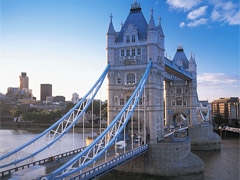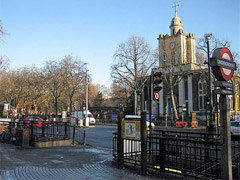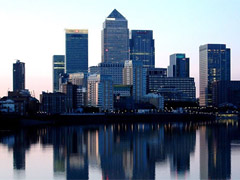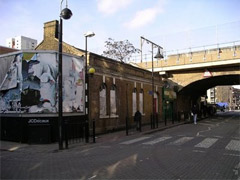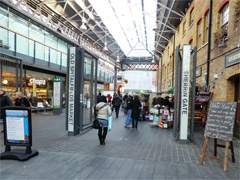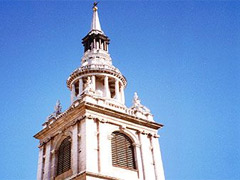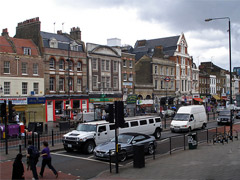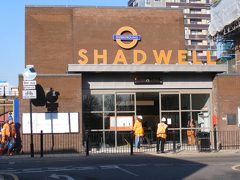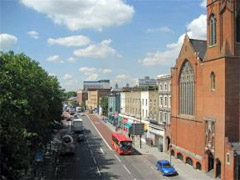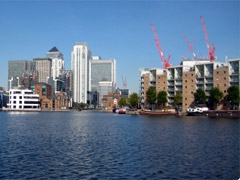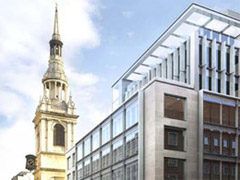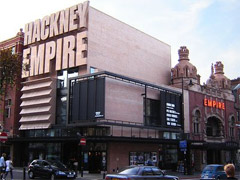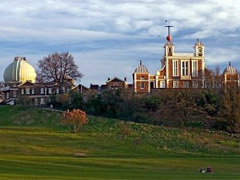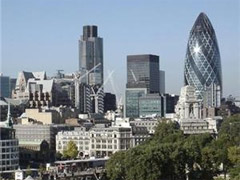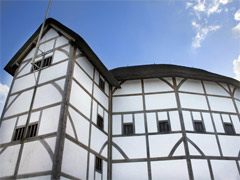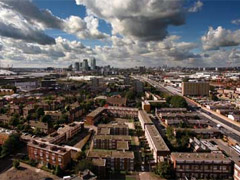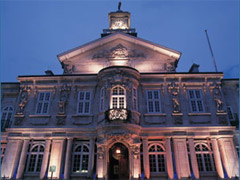In terms of diversity, you’d be pushed to find a London borough with more opposing moods than Tower Hamlets. Home to the famous curry houses of Brick Lane, the hip art gallery and the East London Mosque at Whitechapel, the fashionable shops and the market in Spitalfields, the financial district around Canary Wharf and of course the ever-developing Docklands area, it continues to grow with housing developments and skyscrapers.
Once upon a time some of London’s worst slums could be found here, and the closure of the docks along with the severe bomb damage suffered during World War II meant the 20th century was full of challenges for Tower Hamlets. While this remains one of the capital’s most deprived boroughs, funding is being poured into attracting business to the area. Structures tied to the 2012 Olympics like the ArcelorMittal Orbit and the Queen Elizabeth Olympic Park are part of the area’s regeneration.
Tower Hamlets is a small but very densely populated borough lying east of central London and enjoying a wealth of diversity. Almost half the population come from a minority ethnic group, one of the largest proportions in Britain! Nearly one in three people come from a Bangladeshi background and there are also significant numbers of Somalis, Lithuanians and Romanians in the borough. Tower Hamlets is a very young borough, with more than a third of the population aged between 20 and 34.
Immense wealth drawn in by the canary Wharf complex sits alongside serious poverty in Tower Hamlets. The continued development of the Docklands has brought much economic growth and many highly paid jobs into the borough with the average salary for people who work in Tower Hamlets increasing to £64,000. But unemployment remains high and almost two in five households live on less than £15,000 showing how gross the income differentials are.

